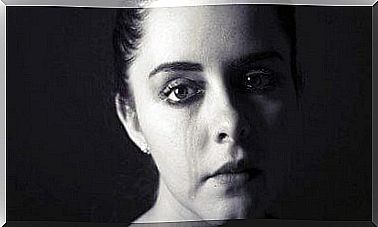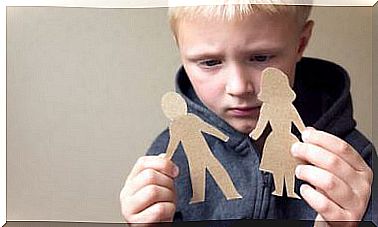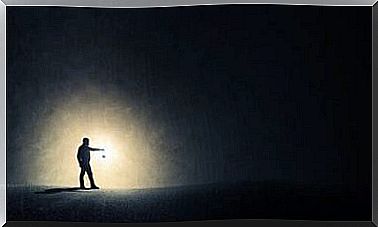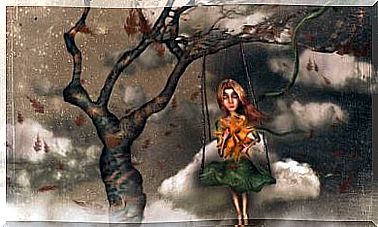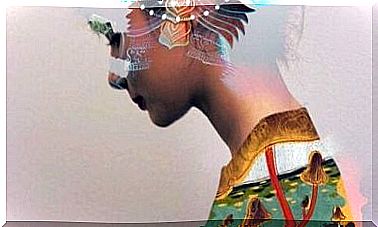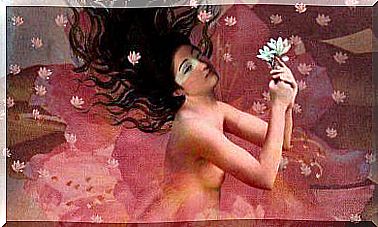9 Types Of Anti-anxiety: Medication Against Anxiety

We know that psychological suffering is difficult to resolve with medication (although we can find momentary relief in it) and that anxiolytics do not take away this “toxic boss” which pumps us with energy, cravings and joy. But, they help, they reduce emotional discomfort and facilitate the effectiveness of psychotherapy and the multidisciplinary approach.
Sociologists say we live in a dystopian society. We are in a world where millions of books are sold on the best ways to be happy. We love to put filters on our photos to give others a picture of absolute perfection. Perfect smile, ideal happiness. Because being happy is sold. This is what we all aspire to and yet, in us and in the half-light of our house, demons and fears eat away at us, and the shadow of his anxieties overtake us.
“We treat grief and fear with medicine as if they were illnesses. They are not. ”
-Guillermo Rendueles, psychiatrist-
The pharmaceutical industry is trying to create more and more sophisticated psychotropic drugs with fewer side effects and more immediate action. So much so that there are several types of drugs for every pain in life, those that treating physicians sometimes prescribe too easily to the point of generating dependency in people who, perhaps, would have solved a specific problem via a non-pharmacological strategy.
But the problem is there. There are pathologies of endogenous origin with a reactive character caused by stress and which undoubtedly require a psychological strategy. Anyway, anxiolytics are essential in many cases, without a doubt, but always for a determined time to avoid falling into a medical spiral. A spiral where the side effects are sometimes more harmful than the symptoms.
Today we are going to talk about all these types of anxiolytics present in the pharmaceutical market and which aim to treat processes related to anxiety, insomnia, panic disorders etc.
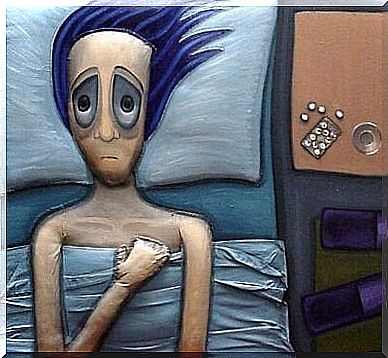
The main types of anxiolytics
People who have needed or need pharmacological treatment to reduce their anxiety know that in general it is common to have to try more than one medicine, to change the dose from time to time and to follow up. of its sensations and possible side effects.
- Each person reacts differently to a type of anti-anxiety medication. Thus, it is advisable to rely on the supervision of good professionals to guide us through the process.
- Anxiolytics, sedatives, and hypnotics are drugs that work on the central nervous system to relieve anxiety or help us get to sleep.
Likewise, it is important to remember the mechanism of action of anxiolytics:
- They are sedatives, they slow down the functions of the body.
- These are psychotropic drugs that act on the central nervous system. That is to say that not only do they relax but that many of them also have sedative, anti-convulsive and amnesic effects.
- Their mechanism of action is generally simple: they increase the effect of a brain chemical called GABA.
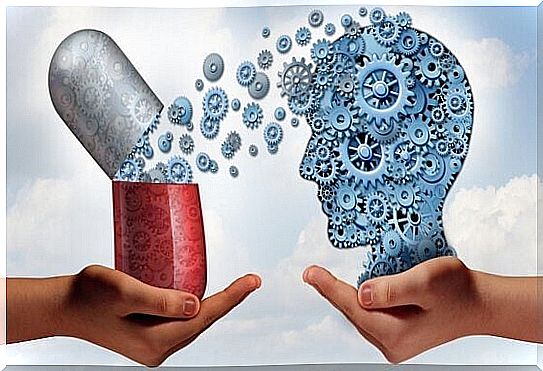
Now let’s see in detail what are the main types of anxiolytics.
1. Benzodiazepines
Benzodiazepines belong to the “family” of the most common anxiolytics and are used today. In addition to acting on the substance GABA, they also have an impact on the limbic system, inhibiting the activity of serotonin in this region of the brain.
- The most common drugs in this typology are undoubtedly diazepam, lorazepam, bromazepam, alprazolam or clorazepate, which we will describe below.
- Most of them cause relaxation, relief of cognitive tension and a more or less sedating effect depending on the type of drug.
In addition, depending on their duration and their effect on our body, we can achieve the following classification:
Short-lived anxiolytics (their effects can last up to 8 hours):
- Bentazepam
- Clotiazepam
- Cloxazolam
Medium-lived anxiolytics (their effects last 8 to 24 hours):
- Alprazolam
- Bromazepam
- Camazepam
- Clobazam
- Lorazepam
- Oxazepam
- Oxazolam
- Pinazepam
Long-lived anxiolytics (their effects last more than 24 hours):
- Dipotassium clorazepate
- Clordiazepoxide
- Chlordiazepoxide + pyridoxine
- Diazepam
- Halazepam
- Medazepam
- Prazepam
You should know that the side effects associated with benzodiazepines are not as serious as those which took place with the first anxiolytics: barbiturates. In addition, be aware that the administration and consumption of these psychotropic drugs should never exceed 4 or 6 weeks. Otherwise they can trigger an addiction.
On the other hand, the side effects related to benzodiazepines are as follows:
- The sleepiness
- Nausea
- The confusion
- Lack of balance (especially in the elderly)
- Speech disorders
- Muscle fragility
- The constipation
- Dry mouth
- Blurred vision
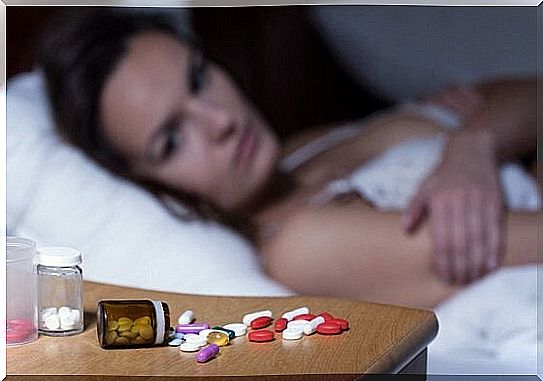
2. Barbiturates
We have talked about it: before benzodiazepines arrived on the market, barbiturates were the only anxiolytics available to the population for the treatment of anxiety. Since Nobel laureate in chemistry Emil Fisher discovered barbital in 1902, it has become a dangerous but effective resource, able to act as a sedative of the central nervous system immediately.
Later, in 1963, the company “Roche” launched the famous valium and with this drug, the era of benzodiazepines began. A year before Marylin Monroe committed suicide – allegedly – with a high ingestion of barbiturates.
But, why did we stop prescribing it for the treatment of anxiety?
- Barbiturates and all those drugs that contain barbituric acid generate a strong psychological and physical dependence.
- Likewise, the line that separates what is considered a normal dose from a toxic dose is very fine.
- Its mechanism of action is based on preventing the flow of sodium from accessing neurons. Today, its use is reserved for surgeries and to treat seizures.
The most common types of barbiturates are:
- Amobarbital (Amytal)
- Aprobarbital (Alurate)
- Butobarbital (Nembutal)
- Secobarbital (Seconal)
3. Buspirone
Buspirone has advantages and disadvantages. But it’s still a very interesting type of anxiolytic. Its main advantage is that it has almost no side effects, it does not interfere with other substances, it does not affect cognitive performance and does not cause sedation.
- It is a very common drug in the pharmaceutical market and is very popular with its few threats.
- But its downside is that it acts slowly. In fact, the patient begins to feel the effects after 15 days. It can be very complicated when the person suffers from a severe type of anxiety, wants to feel better quickly, and above all, sleep. This drug is therefore not useful in these cases.
However, experts tell us that it is very effective in cases of not too intense anxiety, and that it is recommended for the elderly.
Also read:
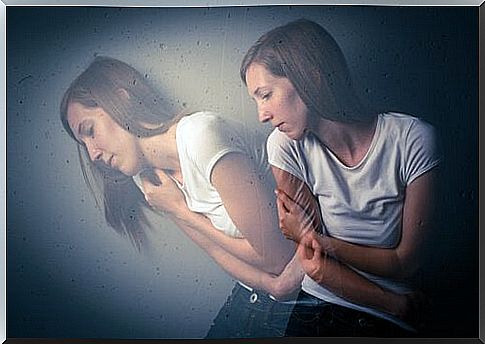
4. Alprazolam
Alprazolam is one of the most prescribed anxiolytics. Many know it as trankimazin, which is a derivative of benzodiazepines and is primarily used for the treatment of anxiety attacks, such as agoraphobia, panic attacks and severe stress.
Also be aware that it has antidepressant principles since its main chemicals are very similar to those of tricyclic antidepressants.
- It is a high potency drug with immediate action, unlike buspirone. It has sedative, hypnotic and anti-convulsive properties, but the most notable effect is the anxiolytic effect.
- On the other hand, you should know that the addictive potential of alprazolam is also very high. To avoid habituation, its administration should be limited and punctual.
5. Diazepam
Diazepam or valium is undoubtedly one of the most well-known anti-anxiety drugs. It is also a derivative of the benzodiazepines that are often given in hospitals and medical centers.
- It is the most effective drug to treat muscle spasms, hence the fact that it is not only used for the treatment of anxiety, but also for psychosomatic disorders, torticollis, delirium tremens , panic attacks, dyspnea… and even for classic sedations prior to surgical interventions.
- It should also be known that this anxiolytic also generates a strong dependence when one uses high doses for prolonged periods.
“Regular use of anxiolytics creates long-term addiction, instead of treating the problem or disease.”
6. Lorazepam
Most of us have heard of lorazepam or just orfidal. It is very potent and is used to treat the following conditions:
- Anxiety disorders
- Sleep disorders and insomnia
- States of tension
- Psychosomatic and organic diseases
- Irritable bowel syndrome
- Epilepsy
- Treatment of nausea and vomiting caused by chemotherapy or agitation caused by abstinence from alcohol
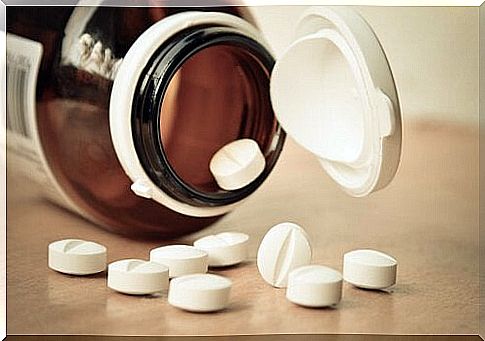
It is interesting to know that Lorazepam has an immediate effect, reaching its maximum peak of bio-availability after 2 hours. Likewise, its side effects are not excessively serious, do not generate high dependence, but it is still recommended to limit the use over time.
7. Bromazepam
Bromazepam is also known as lexatin. It is used in low doses to treat anxiety and phobic neuroses. If given in higher doses, it acts as an effective muscle relaxant, sedative and hypnotic.
You should know that bromazepam is a dangerous drug, it generates dependencies quickly and interferes with different substances. If mixed with alcohol, it can even be fatal. It is therefore necessary to follow exactly the rules of the professionals so that its effect is adapted.
8. Clorazepate
Clorazepate is a psychotropic drug with multiple uses:
- It treats anxiety
- It treats neurosis
- He treats psychosis
- It is very effective in abstinence from alcohol and drugs
- It helps fight against insomnia
- It is also use to treat irritable bowel syndrome.
Clorazepate can be taken for 3-4 months. Beyond this period, it generates dependence and can lose its effectiveness.
9. Antihistamines
It is very possible that more than one of our readers will be surprised to find antihistamines on this list. Aren’t these drugs used to treat allergies?
Be aware that there are different types of antihistamines. In general, most of them block histamine. However, hydroxyzine can also be found there, which in addition to relieving itching caused by skin allergies, reduces brain activity and alleviates anxiety and tension.
Antihistamitics are not the best medicine to treat anxiety, so psychiatrists do not recommend them if the patient is having panic attacks.
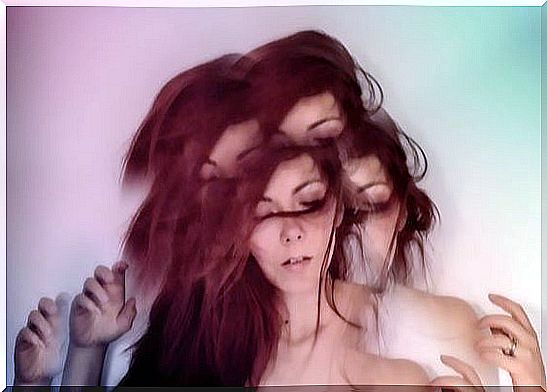
To conclude, we can undoubtedly add to this list many more names and options, such as drugs
Let us recall once again that anxiolytics do not cure anxiety, do not make panic attacks, neuroses or its occasional shadows that alter our lives at a given moment disappear. Medicines treat, relieve, relax, give us rest and even if they are good and necessary, never solve the underlying problem, since it is not a disease of endogenous origin, like certain depressions.
So let’s use anti-anxiety drugs occasionally but always associated with psychotherapy. Because even if we have always been educated with the idea that “we are what we eat”, we are in reality “what we think”. So let’s change our approach and don’t over-medicalize situations that are not pathological.
Also read:
Hardman JG, Goodman LS, Gilman A. (1998),
Robert Whitaker, (2011),
Eugene Rubin, Charles Zorumski, (2015) How Many People Take Benzodiazepines? Psichology Today https://www.psychologytoday.com/blog/demystifying-psychiatry/201505/how-many-people-take-benzodiazepines

